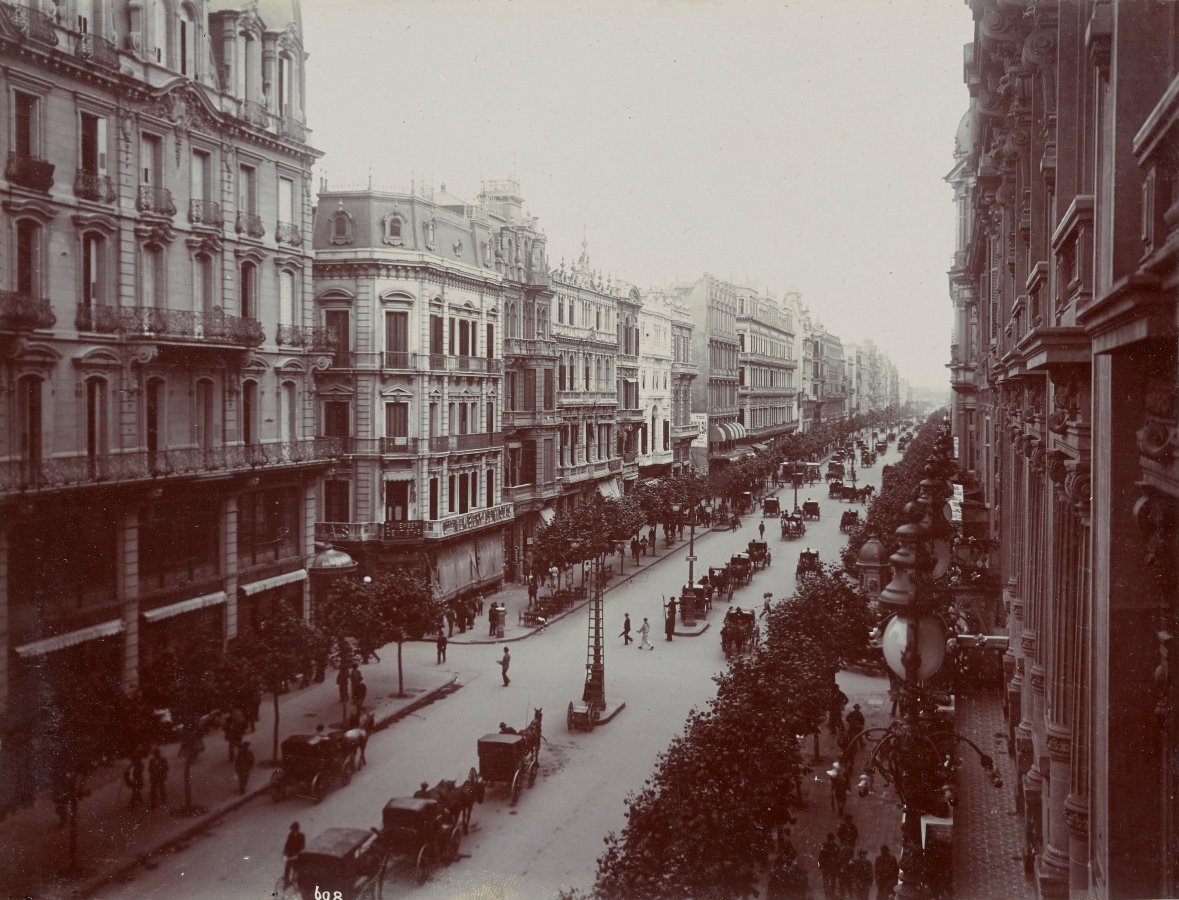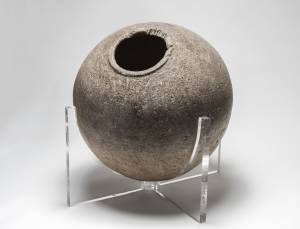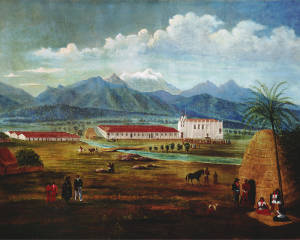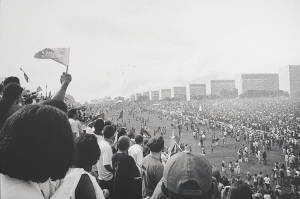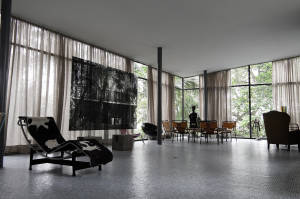This exhibition offers a visual survey of the unprecedented growth of Latin American capital cities following the seasons of independence.
Drawing on the Getty Research Institute’s special collections, this exhibition proposes a visual survey of the unprecedented growth of Latin American capital cities following the seasons of independence, observing how socio-political upheavals activated major changes in the city scale and the architectural landscape. The Metropolis in Latin America, 1830–1930 examines how imported models were reinterpreted into diverse forms of re-appropriation of the national colonial and pre-Hispanic past, ushering these cities into a process of modernization. During a decolonization progression of longue durée, centuries–old colonial cities were transformed into monumental modern metropolises, which by the end of the 1920s provide fertile ground for the emerging of today’s Latin American megalopolis.
This exhibition offers a visual survey of the unprecedented growth of Latin American capital cities following the seasons of independence.
Drawing on the Getty Research Institute’s special collections, this exhibition proposes a visual survey of the unprecedented growth of Latin American capital cities following the seasons of independence, observing how socio-political upheavals activated major changes in the city scale and the architectural landscape. The Metropolis in Latin America, 1830–1930 examines how imported models were reinterpreted into diverse forms of re-appropriation of the national colonial and pre-Hispanic past, ushering these cities into a process of modernization. During a decolonization progression of longue durée, centuries–old colonial cities were transformed into monumental modern metropolises, which by the end of the 1920s provide fertile ground for the emerging of today’s Latin American megalopolis.
Show More...

